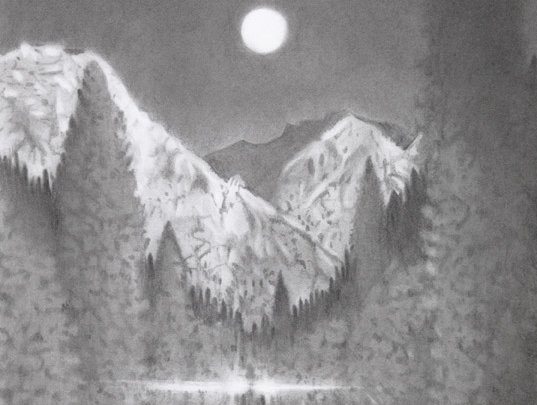James Pyman
dal 19/1/2010 al 20/2/2010
Segnalato da
19/1/2010
James Pyman
Maureen Paley, London
For his first solo exhibition British artist shows a large group of new pencil drawings. Half of these were made for an illustrated edition of Dracula published in November 2008 by Four Corners Familiars. The second group of new drawings extend the work made for the initial adaptation. Pyman's artwork investigates how identity is defined by circumstance, geography and popular culture. His drawings and writing are often presented within both historical and contemporary frameworks, predominantly in relation to comic strips, childrens' illustration and other graphic narrative forms.

For his first solo exhibition in London since 2003 British artist James Pyman will
show a large group of new pencil drawings. Half of these were made for an
illustrated edition of Dracula published in November 2008 by Four Corners Familiars.
The second group of new drawings extend the work made for the initial adaptation.
Pyman chose Dracula for a number of reasons. He was attracted to the structure of
Dracula which takes the form of an epistolary novel comprising written and recorded
diary entries, journals, letters and newspaper cuttings to create a collage of
disparate voices. Pyman’s intention was to mirror this effect by avoiding the
obvious visual tropes of vampire literature and pinpointing passing references in
the text to illustrate. Pyman made a pencil drawing for each chapter of the book
that focused on textual descriptions of objects and places only briefly mentioned by
characters but which were still key to the narrative.
The reference material is a
combination of images sourced from online, magazines and newspapers and
self-generated material. In this way the drawings build up into a body of work that
simultaneously graphically visualise the text while also examining codes of
illustration and adaptation. As a child Pyman had read numerous versions and
adaptations of the source text in 1970s generic comic books like ‘Dracula Lives’,
‘Vampire Tales’ and ‘Tomb of Dracula’. The latter was a long-running, bleakly
existential soap-opera which (consciously or otherwise) reflected the American
political and social turmoil of its period. The opportunity to adapt the text while
acknowledging previous influential approaches to the source text was personally
significant to the project.
The new group of drawings extend the notion of adaptation to concentrate on objects
and landscapes mentioned by the characters in Dracula as personal recollections,
described thoughts, remembered places and moments. These recalled images are shown
parallel to the original illustrations to expand the conceptual framework of the
original adaptation.
James Pyman’s artwork investigates how identity is defined by circumstance,
geography and popular culture. His drawings and writing are often presented within
both historical and contemporary frameworks, predominantly in relation to comic
strips, childrens’ illustration and other graphic narrative forms. This compendium
of childlike interests and adolescent pursuits is used as a vocabulary with which to
communicate complex social ideas. The influences can be taken from their initial
source and set in other eras and locations. In this way the work connects
autobiography with contemporary socio-political and cultural occurrences.
Pyman’s work has evolved across a range of forms including large-scale drawings for
exhibition, fictional biographies and artists’ publications. The pencil drawings
depict remembered moments and glimpsed landscapes. The sources can be found images,
press agency photographs or self-generated photos and sketches, and these elements
are combined to produce a hybrid image. Each picture is an individual piece rather
than part of a series or group of images but they are unified by technique. Previous
publications have used various (often marginalised) forms of publishing as a
structure to express more abstract or emotional concerns. The Adventures of Lionel
adopted the storytelling structure of childrens’ books like ‘Rupert’ and ‘Tintin’,
and Wilf – A Life In Pictures took the form of a biography to document the careers
of a group of fictional newspaper cartoonists from the 1960s to the 1990s. It
examined the relationship between 20th century political and cultural events and
traced the development of illustrative tropes and satirical styles to describe these
events.
This exhibition follows a period of focus on residencies and publications. These
include residencies at S1 Sheffield and the British School at Rome where he produced
an illustrated adaptation of Pinocchio. Recent publications have also included Wilf
– A Life In Pictures (pb Norwich Gallery, 2004) and The Adventures of Lionel (pb
Piece of Paper Press, 2007), and projects have included work for Esopus Number 12
and at http//www.creativetime.org/comics/pyman/html.
Pyman lives and works in Sheffield and London.
Private view: Wednesday 20 January 6.30 - 8.30pm
Maureen Paley
21 Herald Street, London E2 6JT



